
Бесплатный фрагмент - Graphics
FOREWORD
The “Graphics” course consists of the 25 illustrated lessons and is meant to give the visual language of artistic graphics to draw from your imagination.
The course is based on the visual semantics — signs, sign variations, correlations of signs, compositions, composition variations. A sign implies a figurative or geometry symbol. Learning to draw signs, how signs are made expressive. Later, studying various combinations of correlations of signs and the way they are used in compositions.
The course is interesting and entertaining thanks to an opportunity to let your thoughts come true using just a gel pen to draw simple black lines, also thanks to being eager to draw in a beautiful stylish quality way. Each lesson includes word tasks that are necessary to illustrate, and also good examples, so all this makes you just move forward, make progress. At the end of the course you will make a portfolio of your best works.
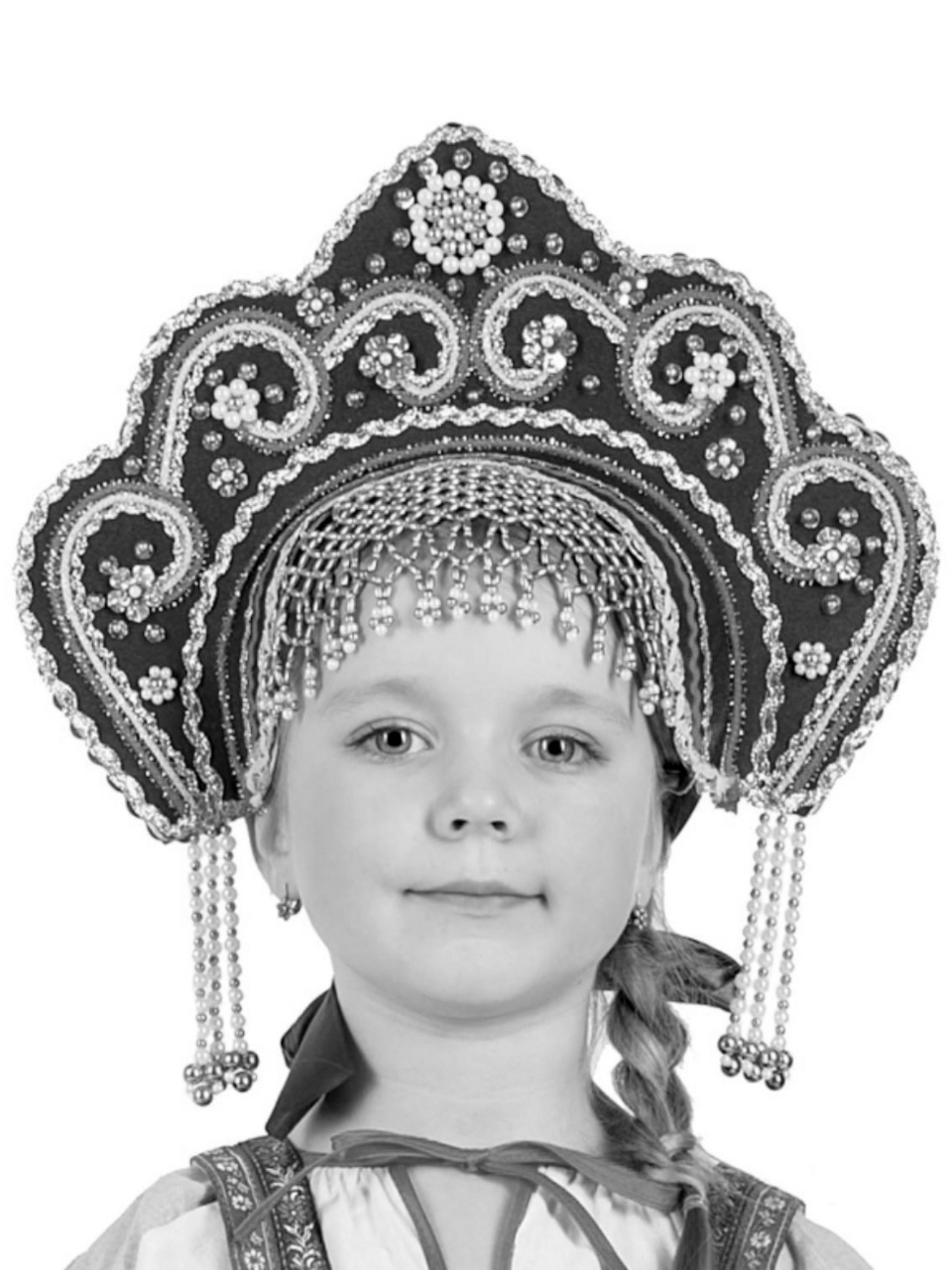
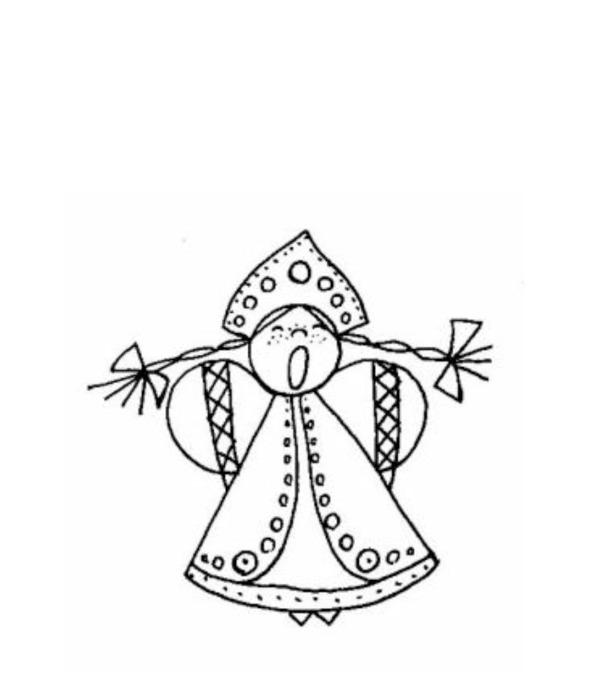
UNIT 1. SIGN
We create a lot of various figurative signs with a beautiful free line. We draw with no sketches so easily. We draw on a white sheet of paper, so nothing could prevent us from reaching our set goals. We pay attention to the quality and plasticity of the line we draw.
We should learn to draw signs as well as we easily say words. We use rhythm and decorative means to make signs more expressive. We develop our imagination, get some skills. The more signs we draw the more interesting this process will get soon. We realize that our sings will eventually become compositions as words become sentences and texts.
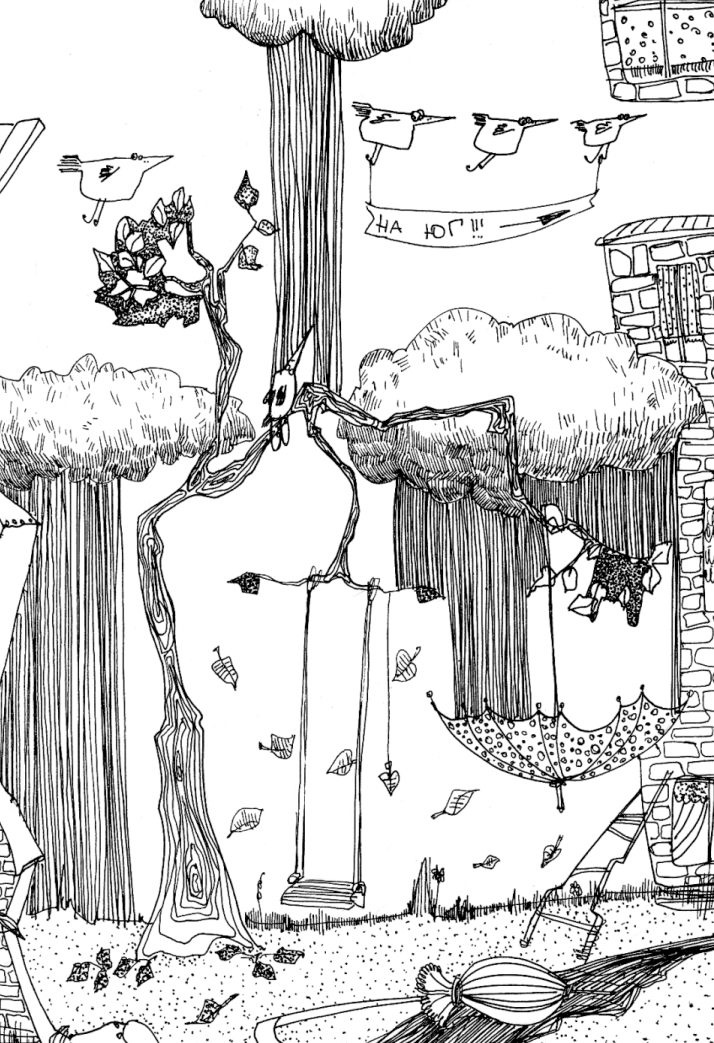
Lesson 1. Line
The goal is to make a sign expressive by means of a clear line.
A line can be on surface or in space.
Drawing very simple signs with a clear line.
Draw:
Wave, spiral, paper clip, fir tree, snowflake, arrow, hook.
Heart, boot, bagel, spice cake, drop, cloud, moon.


Lesson 2. Morphology
The goal is to learn to draw a sign by means of morphology.
Morphology is the parts of a whole.
Drawing carefully each morphological element of the sign.
Draw:
Fly, mosquito, cat, dog, pig, mouse, squirrel.
Umbrella, globe, boot, hammer, saw, flower, apple.
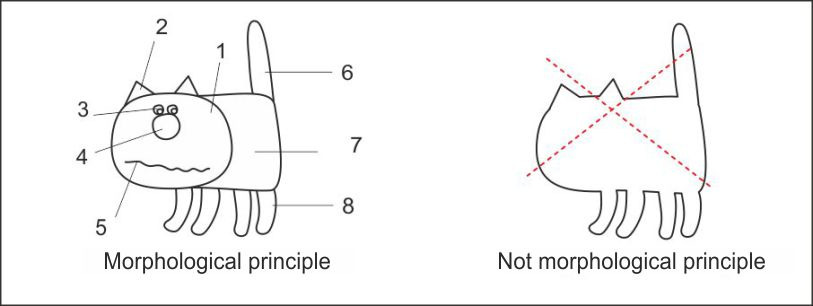
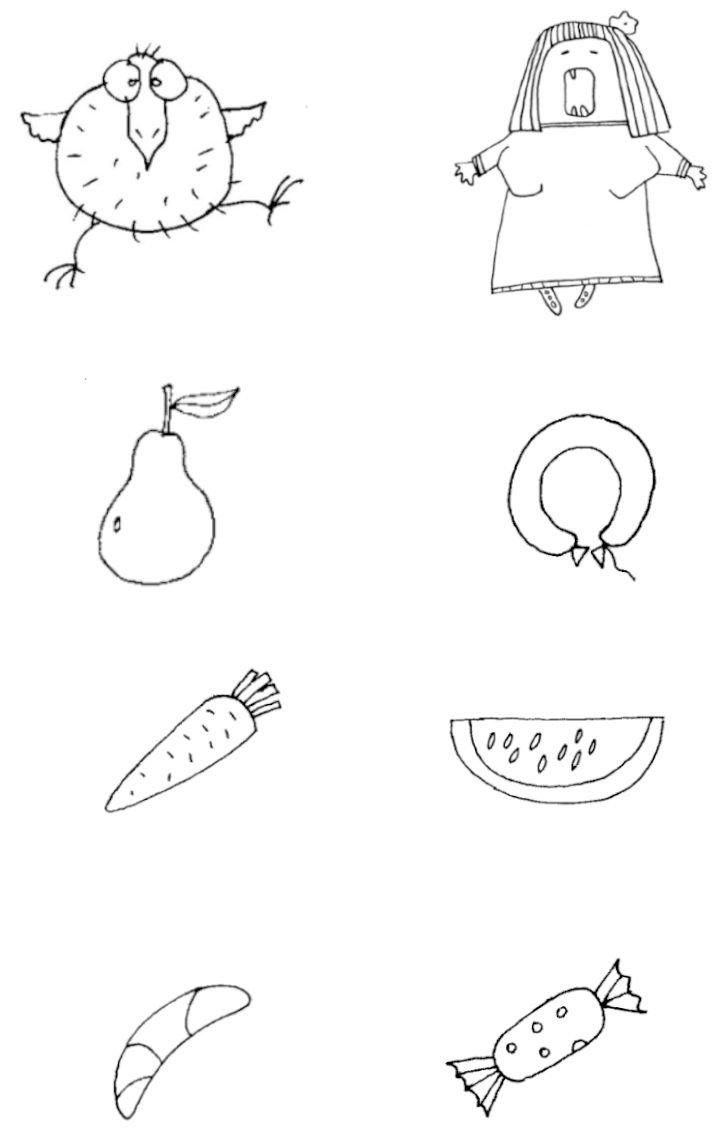
Lesson 3. Function
The goal is to learn to draw a sign by means of function.
Function is the purpose.
Drawing carefully each morphological element of the sign from the viewpoint of function.
Draw:
Hare, fox, wolf, frog, horse, cow.
Plane, car, steam engine, bicycle, teapot, violin.
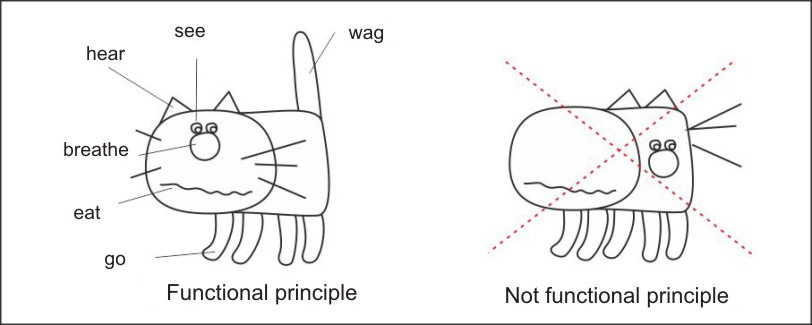

Lesson 4. Rhythm
The goal is to make a sign expressive by means of rhythm.
Rhythm is an alternation of some elements.
Drawing rhythm, realizing how it catches your eye, the perception gets more dynamic.
Draw:
Flower, umbrella, stool, pencil, teapot, ship.
Bird, fly, mosquito, cat, dog, pig, mouse.
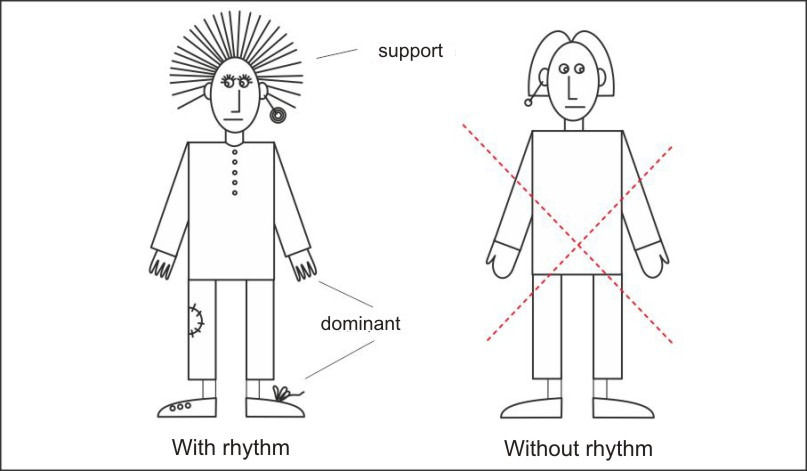
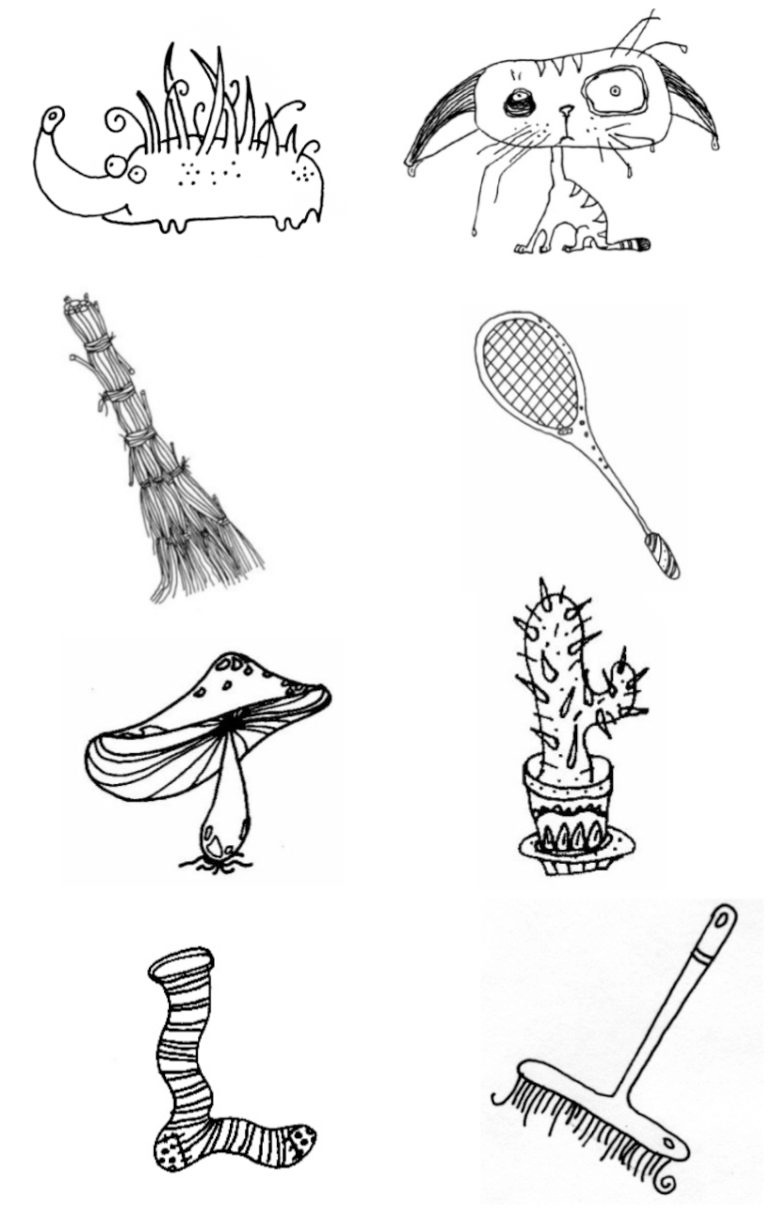
Lesson 5. Décor
The goal is to make a sign expressive by means of décor.
Décor is a system of decorating things.
Unlike rhythm, décor is more intensive from the viewpoint of perception. It makes you pay attention to the sign even more than rhythm.
Draw:
Rooster, fish, horse, tiger, snake, giraffe, tortoise.
Tree, flower, teapot, balloon, vase, sun, car.
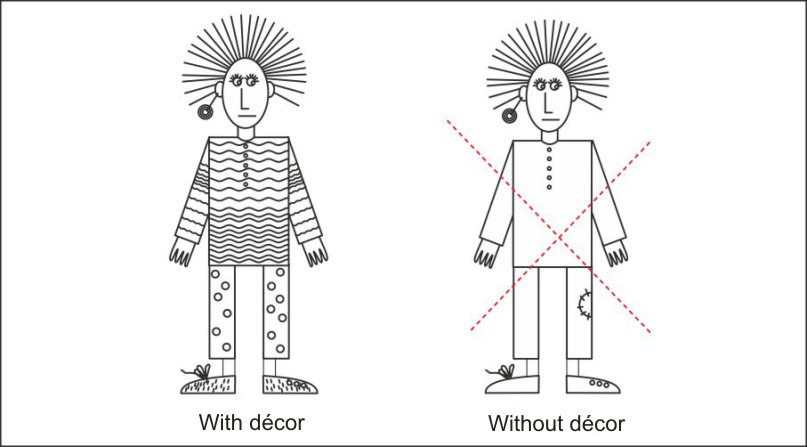
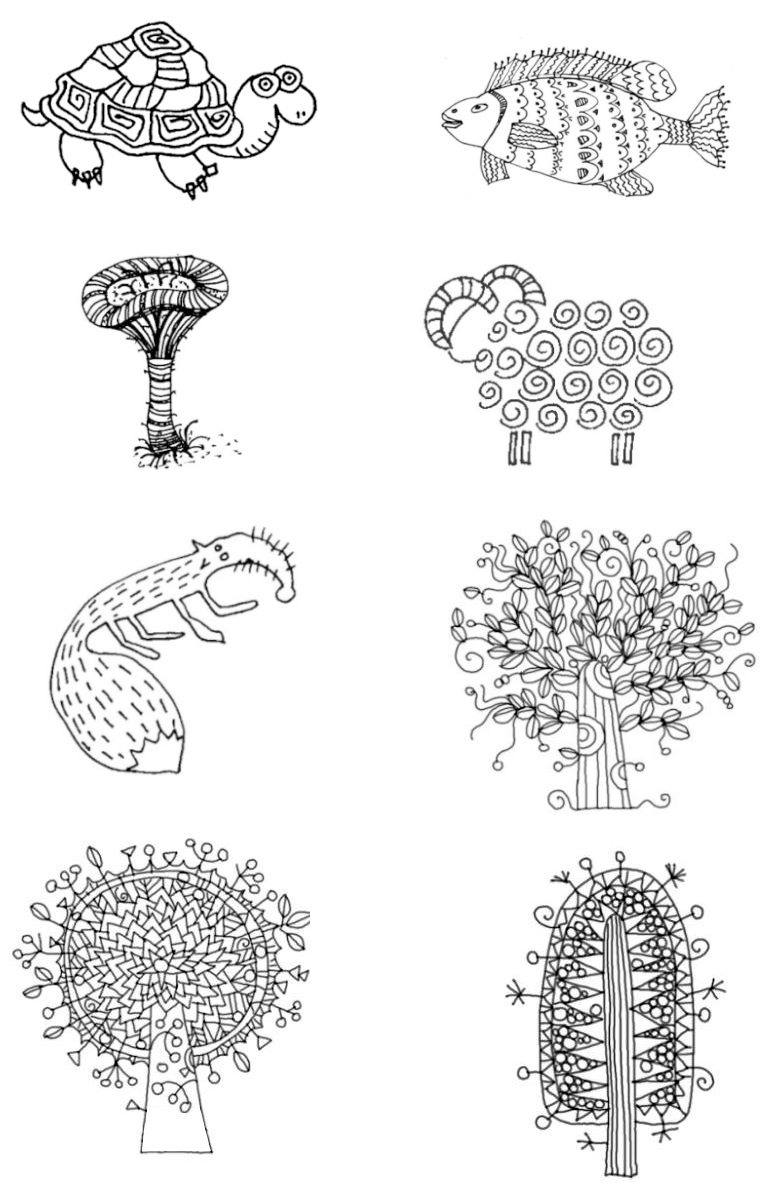

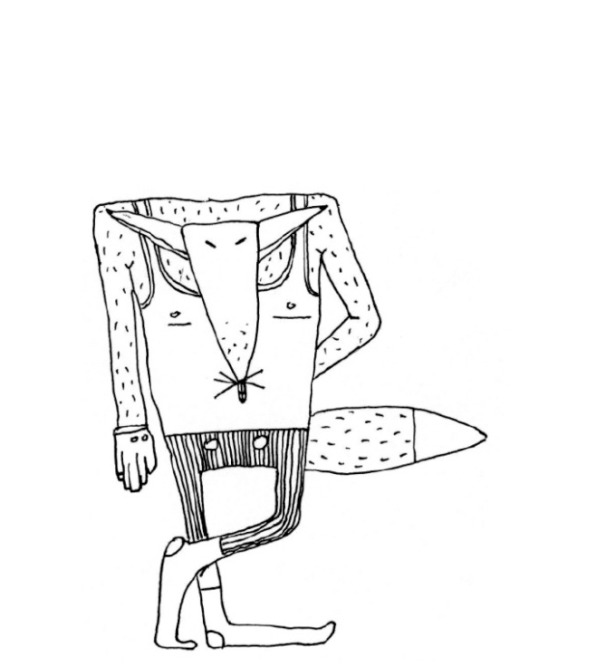
Unit 2. Sign variation
We learned to draw signs with a beautiful flexible quality line. We made sure that signs change dramatically thanks to rhythm and décor. We collected quite a lot of figurative signs and now we want something more, that is we want signs to become more original, maybe unusual, strange, out of the box, different from regular, often seen forms (like pronounced words can become, for example, screams or whisper). So, this is the variation of a figurative sign.
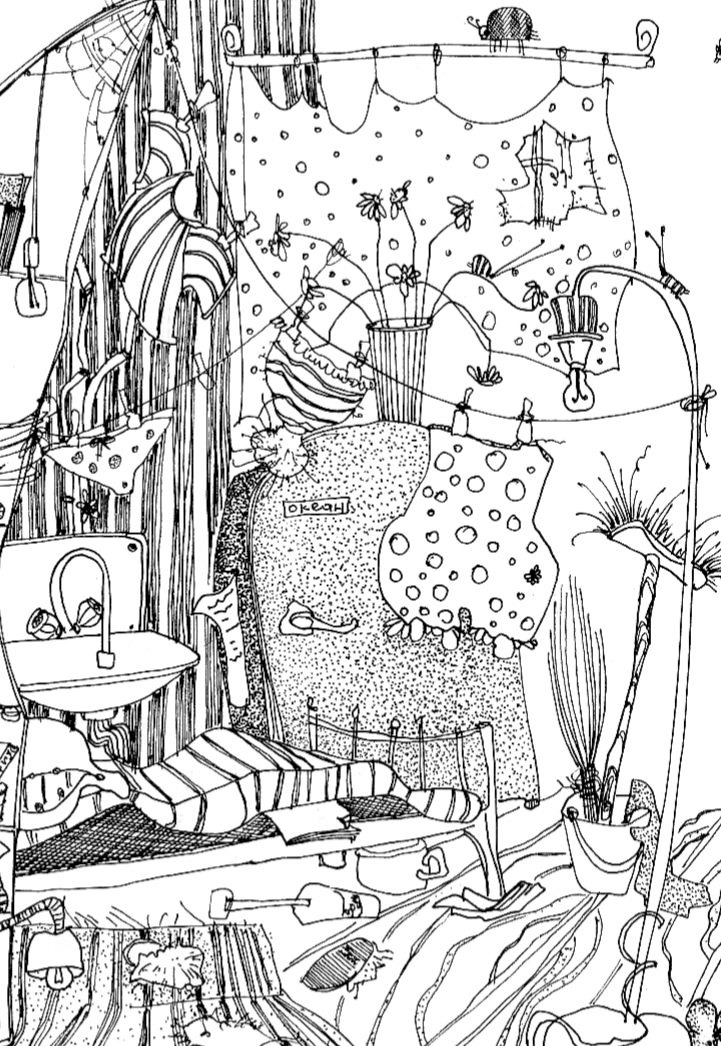
Lesson 6. Grotesque
The goal is to learn to draw grotesque signs.
Grotesque is an image based on sharp contracts and exaggeration.
Making one or a few morphological sign elements larger or smaller.
Draw: hare, wolf, alligator, giraffe, cow, tortoise.
Phone, double bass, bicycle, plane, steamship.
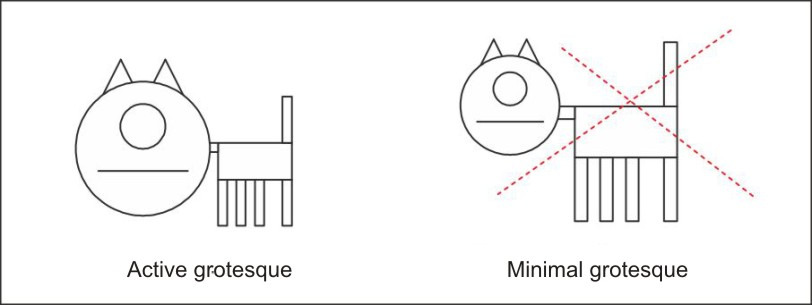
Бесплатный фрагмент закончился.
Купите книгу, чтобы продолжить чтение.
